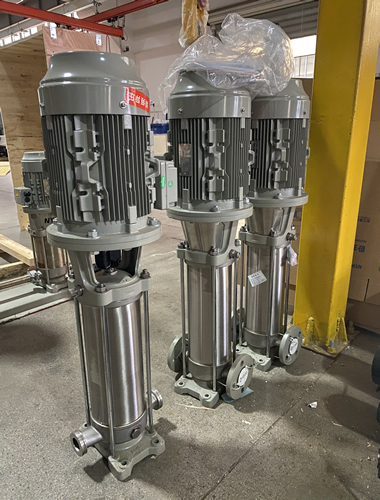Correctly operate marine centrifugal pump is very important to keep pumps working properly, especially the auxiliary machinery feed water pumps for major equipment on board, e.g. main engine cooling pump, boiler water feed pump and fire fighting pump…

The following points should be noted:
1. For marine centrifugal pumps that are newly installed or have been out of service for a long time, the coupling should be rotated by hand before the initial start-up to check the rotation flexibility of the pump. If stuck or abnormal phenomenon, then should be corrected.
2. Check whether the lubricating parts of the pump lack lubricating oil or grease, and the normal working temperature of the bearing should be less than 70°C.
3. Start the pump by inching and inching time should be less than 2s, to check whether the motor and pump rotate in the same direction.
4. When starting the centrifugal pump, the discharge valve should be closed first (closed to start) to minimize the starting power of the motor. But the suction valve and the exhaust valve on the pump must be fully open. Once it is started normally, the discharge valve should be opened and the exhaust valve should be closed in time to prevent the impeller from stirring a small amount of liquid for a long time to generate heat and cause failure.
5. When the pump installation height is higher than the liquid level of the suction port, the pump should be “water diversion” first and then the centrifugal pump should be started to prevent the centrifugal pump from running dry for a long time, aggravated wear and wear of the mechanical seal. A self-priming device can be installed for automatic water diversion.
6. During the operation of the marine centrifugal pump, check whether the pressure head stability and vibration noise of the pump if are too large, because the appearance of the two is often a sign of cavitation in the pump.
7. The process of stopping the pump is to close the discharge valve first, then stop the pump and finally close the suction valve to ensure that there is enough water in the pump for the next startup, saving the trouble of secondary “water diversion” and avoiding dry running.

